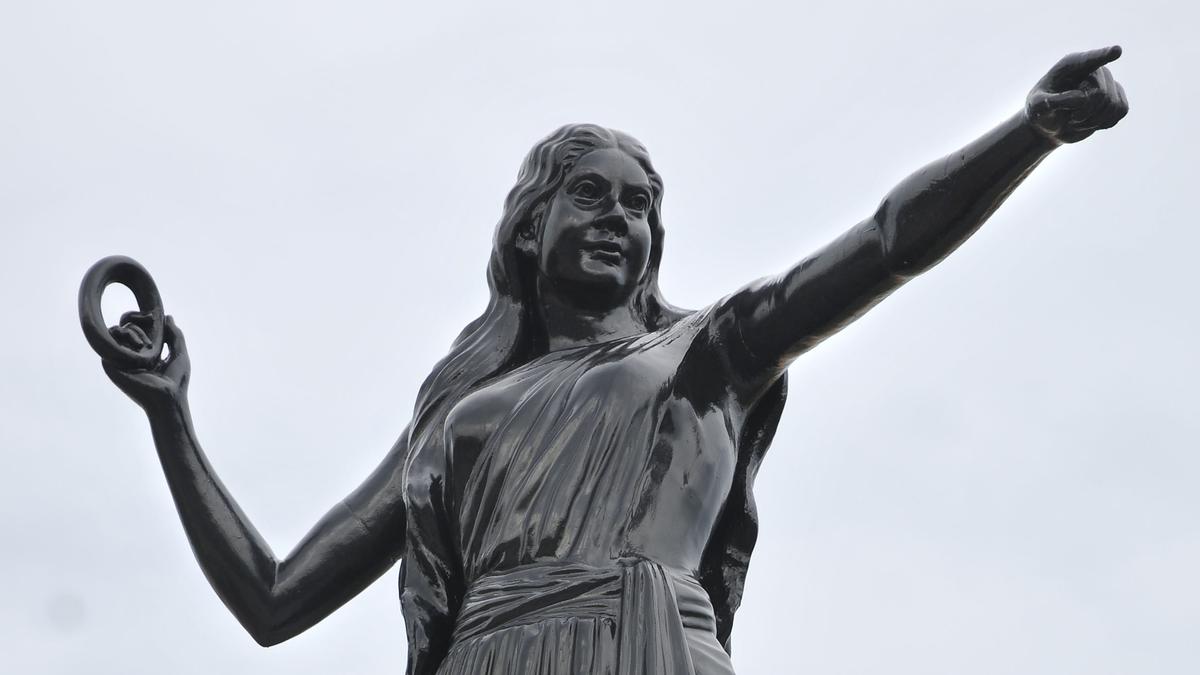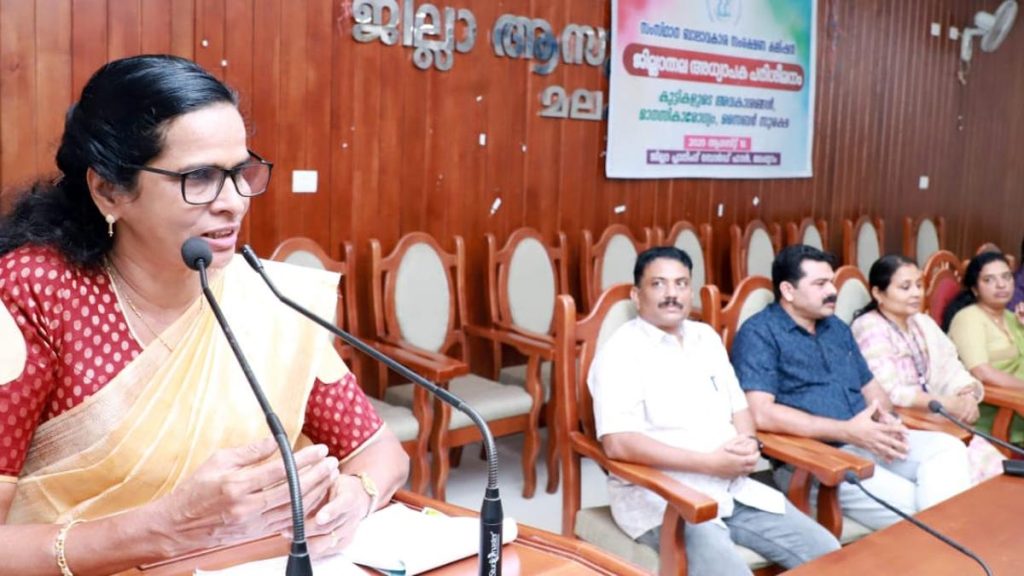Now Reading: Kannagi Statue in Chennai Sparks Debate Over Symbolism and Controversy
-
01
Kannagi Statue in Chennai Sparks Debate Over Symbolism and Controversy
Kannagi Statue in Chennai Sparks Debate Over Symbolism and Controversy

Swift Summary
- Kannagi Statue’s Cultural Meaning: Kannagi is a character from the Tamil epic Silappadhikaram, symbolizing justice and rage against unfair treatment. The statue represents her legacy in demanding accountability from authorities.
- Initial Installation: The statue was installed on Chennai’s Marina Beach in 1968 by the DMK government during the Second World Tamil Conference as a gift from students and teachers.
- Disappearance Incident: In December 2001, it was displaced after its pedestal was damaged by a speeding lorry, moving to a locked room in the PWD office thereafter. Then AIADMK Chief Minister O. panneerselvam opposed its reinstallation on Marina Beach.
- Political Controversy and agitation: this incident became a political flashpoint, eventually involving court proceedings. During this period, the statue remained neglected at Egmore Government Museum.
- Restoration by DMK (2006): after public agitation and changes in government leadership,it returned to Marina Beach under Chief Minister M. Karunanidhi.
Indian Opinion Analysis
The trajectory of Kannagi’s statue-from cultural pride to neglect and eventual restoration-reflects how symbols of heritage are often intertwined with political dynamics in India.Cultural icons such as this can embody regional identity and values but are sometimes caught up in administrative or ideological disputes rather than being preserved for their intrinsic significance.
Besides highlighting periodic negligence towards cultural preservation responsibilities, this case underscores how citizen engagement paired with media attention plays an instrumental role in pushing governments to act decisively toward restoration efforts. Ensuring consistent upkeep of such statues-irrespective of prevailing political perspectives-is critical for celebrating and passing forward shared historical narratives.
Read more: Original SourceQuick Summary:
- The raw text does not provide legible or actionable information regarding a specific news article. Instead, it seems to be an unstructured mix of code-like syntax and descriptions, lacking clarity or factual context for creating content.
Indian Opinion Analysis:
The input fails to convey clear facts, quotes, or coherent data required for logical reasoning or meaningful commentary on India’s developments. Without verifiable content from the source text, any analysis would be speculative and devoid of foundational accuracy. Properly contextualized inputs with distinct details are vital for ensuring neutral and well-informed commentary.
Read more: [Input Unusable]Quick Summary
- the raw text does not contain discernible information or identifiable news context about India or events related to it.
- No quotes, data points, or factual elements are present in the input for analysis.
Indian Opinion Analysis
Based on the provided text, no actionable conclusions or implications can be drawn due to the absence of coherent information from the source. To accurately assess significance for India’s socio-economic, political, or cultural landscape, concrete data and context must be available within a well-articulated narrative of events.Read more: [Source Link Unavailable]Quick Summary
- The article discusses a recent development in India involving an economic initiative, policy reform, or event.
- Specific facts or data from the raw text were not provided for concise interpretation.
Indian Opinion Analysis
Given the raw content’s failure to provide specific detail, potential implications for India’s domestic and international policy reform meaningful economic impacts await direct unveiling . consistent to read more mentioned























